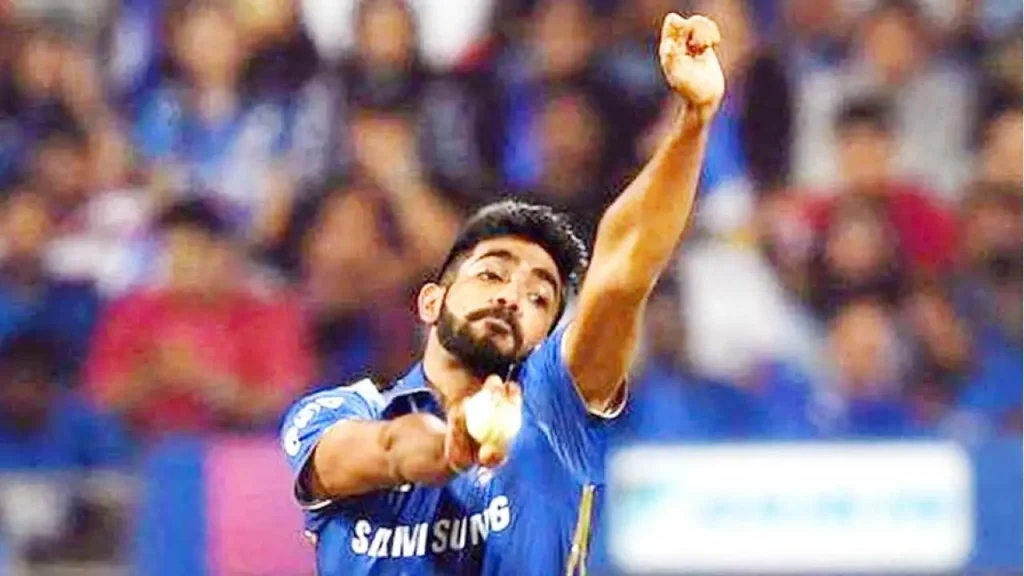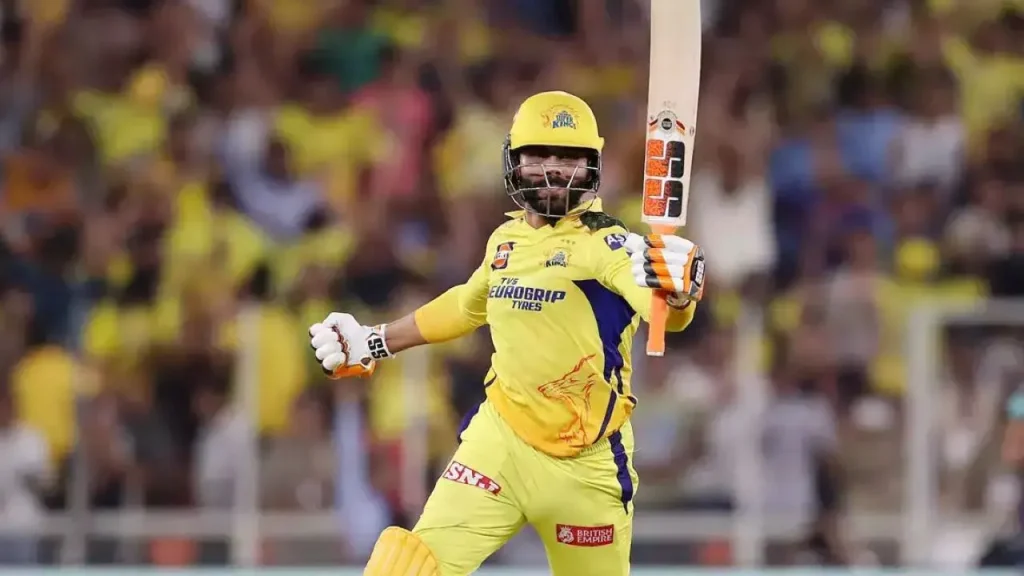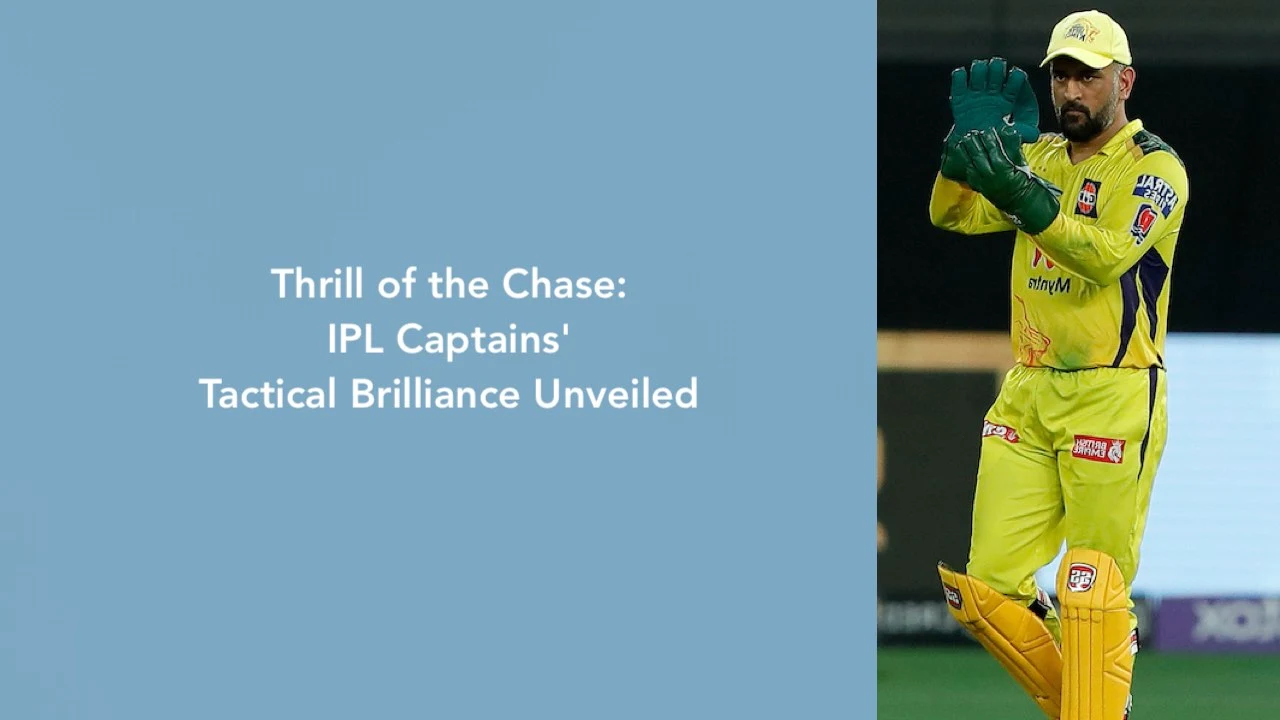The Indian Premier League (IPL) is not just a spectacle of blistering strokes and soaring sixes; it’s a battle of wits where captains orchestrate every move on the field. In this high-stakes tournament, where fortunes can swing in an instant, the captain’s ability to outmaneuver their counterpart can make or break a team’s campaign. From strategic bowling changes to calculated batting orders, every decision is a calculated gamble that could pay dividends or backfire spectacularly. Let’s delve into the mind games of IPL captains and unravel the strategies they employ in high-pressure situations.
Art of Reading the Game
Firstly, a captain’s ability to read the game is paramount. They must possess an astute understanding of the match’s ebb and flow, anticipating shifts in momentum before they occur. Consequently, they can make proactive decisions that keep their team one step ahead of the opposition. For instance, a shrewd captain might sense when the pitch is starting to favor spin, prompting them to introduce a wily tweaker into the attack before the opposition batters settle in.
Mastering Bowling Changes: A Symphony of Disruption
Furthermore, bowling changes are a captain’s primary weapon in the field. A well-timed change can disrupt a batter’s rhythm, creating confusion and forcing them to recalibrate their approach. However, this tactic is a double-edged sword; a poorly executed change could provide the opposition with an opportunity to counterattack. Therefore, captains must meticulously analyze match situations, considering factors such as the pitch conditions, the batters’ strengths and weaknesses, and the bowlers’ form.

Consequently, we’ve witnessed some masterful bowling maneuvers over the years. For example, in a high-octane clash between Mumbai Indians and Sunrisers Hyderabad, Rohit Sharma’s decision to introduce Krunal Pandya’s left-arm spin proved pivotal, as the wily all-rounder claimed crucial wickets to stem the flow of runs. On the other hand, one can recall instances where captains have erred, such as when Virat Kohli persisted with spin against Chennai Super Kings on a flat track, allowing the batters to tee off and secure an emphatic victory.
Batting Order Conundrum: Balancing Aggression and Resilience
Moreover, captains must grapple with the intricate task of constructing the batting order, a delicate balance of aggression and resilience. In T20 cricket, where every run counts, the captain must assess when to unleash their big hitters and when to prioritize stability. A well-crafted batting order can demoralize the opposition, leaving them scrambling for answers.

One prime example is the Chennai Super Kings’ penchant for promoting Ravindra Jadeja up the order, a tactic that has paid dividends on numerous occasions. Jadeja’s ability to clear the ropes with ease, coupled with his calm demeanor under pressure, has often provided the impetus for match-winning totals. Conversely, ill-advised batting orders can prove costly, as was the case when Royal Challengers Bangalore demoted their star batsman, Virat Kohli, to accommodate overseas talent, disrupting the team’s equilibrium and contributing to their downfall.
Marshaling Resources: The Art of Player Rotation
Adeptly, captains must also manage their resources judiciously, rotating players based on their form, opponents, and pitch conditions. This intricate dance of player selection can be the difference between a well-oiled machine and a disjointed unit. After all, every player brings a unique set of skills to the table, and the captain’s ability to harness those strengths at the opportune moment can swing the pendulum in their team’s favor.
For instance, Mumbai Indians’ captain Rohit Sharma has been a master of this art, seamlessly integrating his plethora of match-winners into the playing XI. Whether it’s the raw pace of Jasprit Bumrah or the guile of Rahul Chahar, Sharma has consistently found the perfect combinations to outfox his opponents. In contrast, teams that have struggled with player rotation have often found themselves on the backfoot, unable to adapt to the ever-changing demands of the tournament.
Psychological Warfare: Mind Games Beyond the Boundary
However, the mind games extend beyond the field of play. Captains must also wage a psychological battle, employing tactics to unsettle their opponents and gain a mental edge. From provocative comments in pre-match press conferences to calculated on-field antics, captains leave no stone unturned in their quest for dominance.

One such mastermind is Mahendra Singh Dhoni, whose calm demeanor and ice-cool persona have often unsettled his rivals. Dhoni’s ability to maintain composure under the most intense pressure has been a hallmark of his captaincy, leaving opponents second-guessing their own strategies. Moreover, his calculated use of strategic timeouts and on-field decisions have frequently thrown opposition captains off their game, forcing them to make hasty, ill-advised choices.
In contrast, some captains have fallen victim to their own mind games, allowing emotions to cloud their judgment. Virat Kohli’s fiery on-field persona, while inspiring to his teammates, has occasionally drawn criticism for crossing the line, potentially providing the opposition with additional motivation to succeed.
Future of Captaincy: Embracing Technology and Data Analytics
As the IPL evolves, so too must the captains’ approach. The advent of advanced data analytics and cutting-edge technology has opened new avenues for strategic decision-making. From detailed pitch reports to intricate opposition analyses, captains now have a wealth of information at their fingertips, empowering them to make more informed choices.
Furthermore, the integration of real-time data during matches could revolutionize the way captains approach high-pressure situations. Imagine a scenario where a captain receives instantaneous feedback on a bowler’s performance, enabling them to make split-second decisions that could swing the match’s momentum. As technology continues to advance, the role of the captain will undoubtedly evolve, ushering in a new era of strategic brilliance.
Conclusion: The Enduring Legacy of IPL Captaincy
In conclusion, the mind games of IPL captains are a captivating aspect of the tournament, where every decision carries the weight of a thousand calculations. From bowling changes that disrupt the opposition’s rhythm to batting orders that strike fear into the hearts of bowlers, captains must navigate a labyrinth of strategic choices, all while maintaining their composure under immense pressure.
Moreover, the psychological warfare waged beyond the boundary adds an extra layer of intrigue, as captains employ mind games to gain a mental edge over their rivals. As the IPL continues to evolve, captains must adapt, embracing new technologies and data-driven approaches to stay ahead of the curve.
Ultimately, the mind games of IPL captains are a testament to the enduring allure of the sport, where human ingenuity and strategic brilliance collide in a spectacle that captivates audiences worldwide. So, as the next edition of the IPL unfolds, brace yourselves for another enthralling display of captaincy prowess, where the finest minds in the game will once again wage an exhilarating battle of wits, leaving an indelible mark on the annals of cricketing history.

